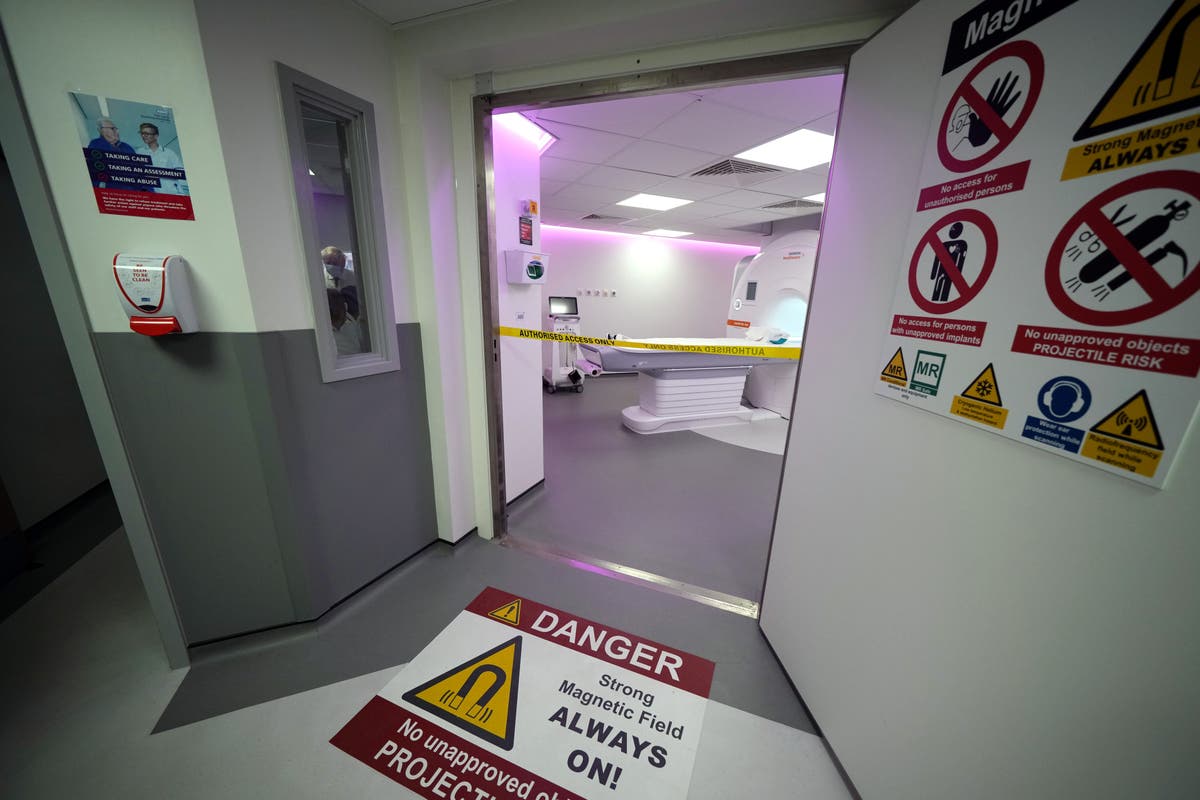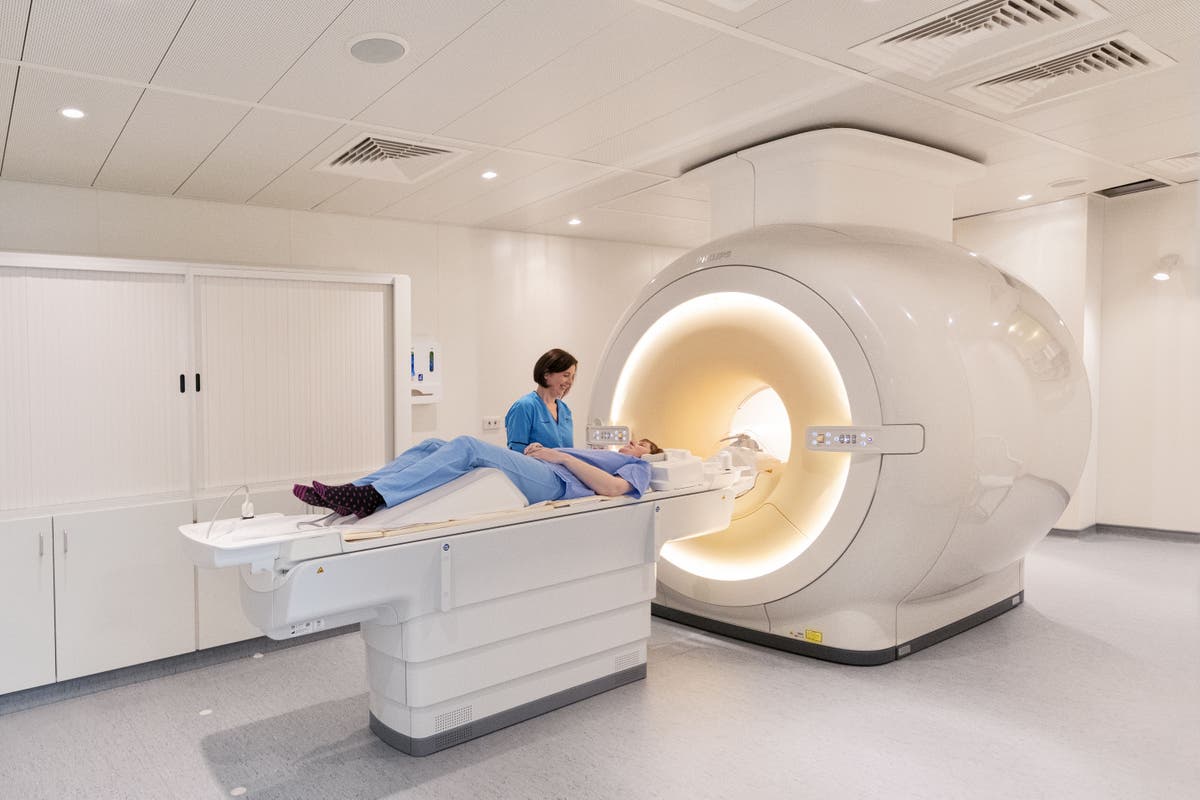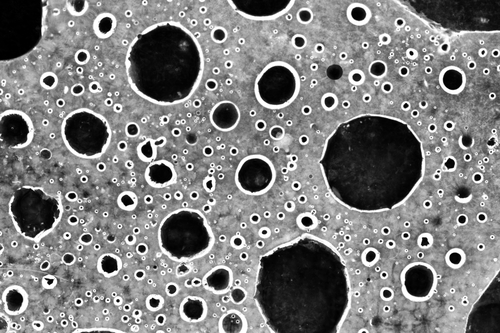
Reasons for treatment resistance in prostate cancer found
The HinduProstate cancer cell dynamics at a single-cell resolution across the timespan of the disease — from its beginning to the point of androgen independence, where the tumour no longer responds to hormone, deprivation therapy has now been characterised. The study in mice, published in eLife, reveals an expansion of intermediate cells that occurs in prostate cancer, which correlates with resistance to treatment and poor clinical outcomes in humans. The prostate gland epithelium — a type of body tissue that forms the surface of glands and organs — is typically composed of two types of epithelial cells: basal cells and highly differentiated luminal cells. In the prostate of mice lacking Pten, they observed an expansion of luminal intermediate cells, likely derived from three cellular sources — basal cells, luminal progenitor cells and differentiated luminal cells. Furthermore, the signature is enriched in a subset of metastatic human prostate cancer cells — tumours that are able to spread — but not in the primary tumour cells.
History of this topic

Cells that helps to treat resistance in prostate cancer: Study
Hindustan Times
Cancer-causing gene regulates genetic variation in prostate cancer: Study
Hindustan Times
Research discovers cancer causing-gene controlling variations in prostate cancer
Live Mint
Experimental prostate cancer treatment delays disease in ‘landmark’ trial
CNNDiscover Related




















)












)
